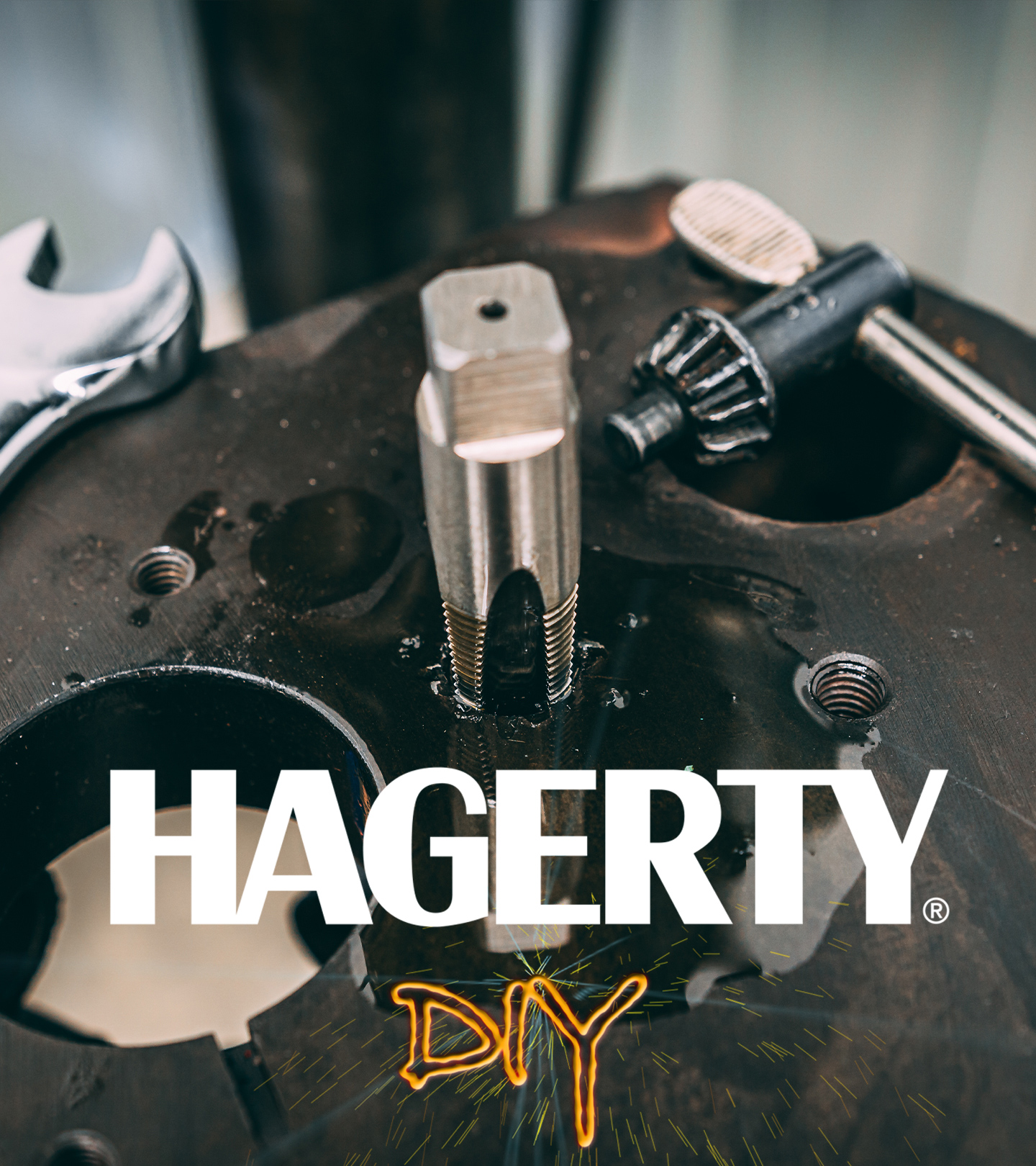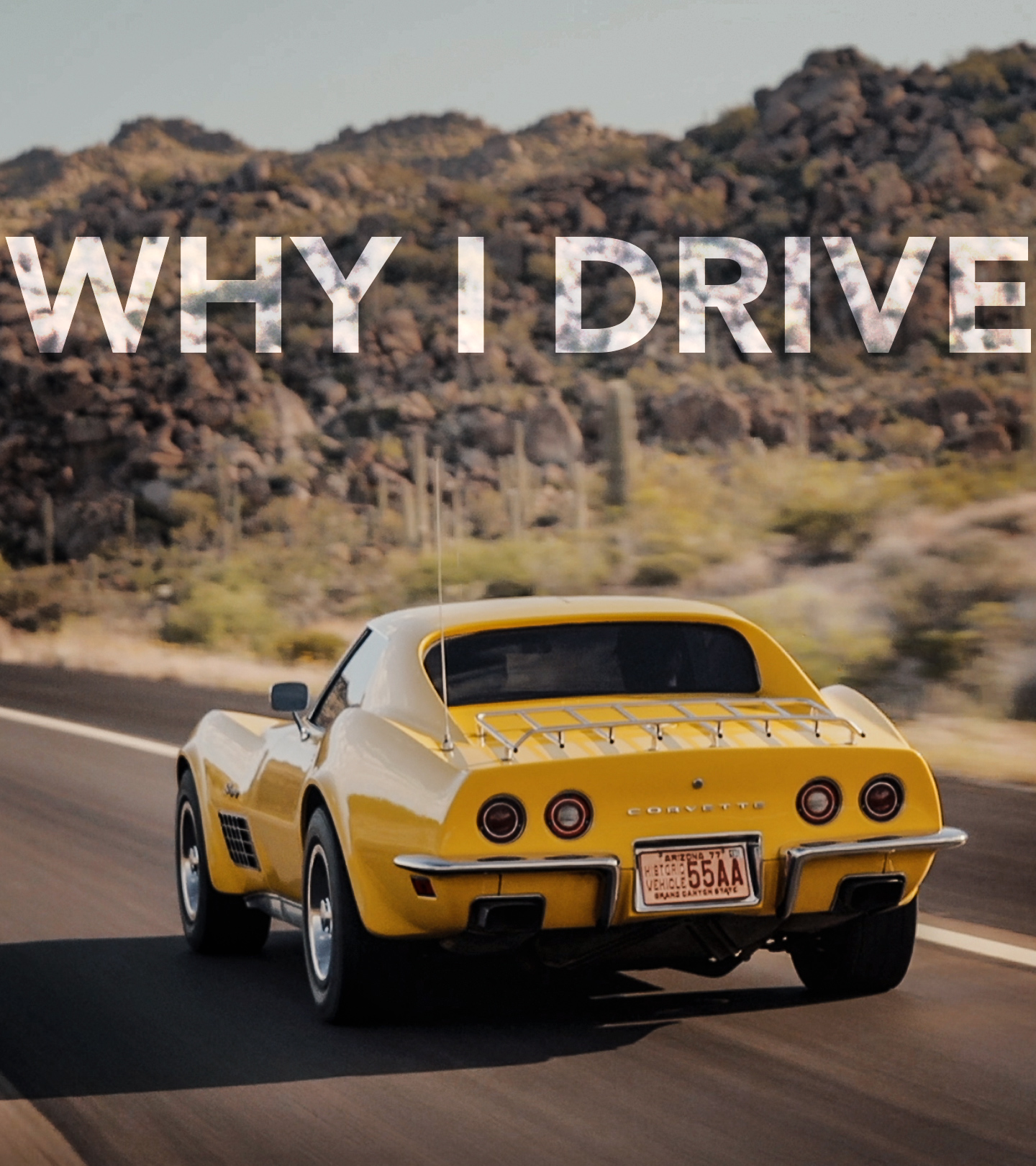It's Hub Day! Assembling hubs for a vintage race car | Redline Update #87 - Hagerty Media
Snowball’s Ford dirt track racer is still in process, and this week Davin is tackling the wheel hubs. It’s not an overly complicated process, although a bit repetitive. New studs and bearings need to be pressed in and the brake drums need to be cut. With a little help from Randy at the Hagerty Learning Garage, things should go smoothly and these Cerakoted hubs should be ready to get installed back on our race car.
There are certain staples in the Redline Rebuild garage, and dad jokes rank right up at the top of that short list. So, in that tradition, Davin and crew eschew “Hump Day” and labeled last Wednesday “Hub Day.” The whole week seems to revolve around Wednesday sometimes, and we harnessed that energy to make great progress on our 1937 Ford race car. It’s now one step closer to rolling again.
The hubs on this racer are aftermarket pieces from Franklin. This means that the hubs have aluminum brake drums that bolt up to them, while the cast aluminum hubs are merely bearing holders that keep the whole operation concentric. Of course, aluminum brake drums would not last long in a race environment, so there are steel liners pressed in. Before we can shift our focus to those liners, we have to first address the wheel stud that holds the two pieces together.
When the car came to Davin, the front axle had different sized studs then the rear. While functionally acceptable, it makes service a bit of a pain in the butt. For a little additional strength Davin elects to upgrade to 5/8″ studs which means enlarging the holes in the hubs and drums ever so slightly. For the task, he uses the Bridgeport since it has a nice large table and allows for slightly lower drilling rpm. Once the holes are sized properly it is over to the press to shove the studs into their final place.
With the hubs and drums together, it is time to have the CeraKote finish turned off the braking surface. Doing this also ensures the braking surface is centered to the spindle centerline for maximum brake shoe contact. Turning brake drums is less common these days because production of rotors has become relatively affordable and thus, for many applications, it is easier to replace than to resurface brake parts. Luckily the Hagerty Learning Garage has a brake lathe in its small machine shop, and Randy is happy to chuck up the drums for Davin and get them ready for mounting.
All that is going to have to wait though. There is still more suspension work to be finalized before the assembly of either axle. If you want to see this racer come together and hit the track, be sure to subscribe to the Hagerty YouTube channel and tune in each Monday for more updates.
Thanks to our sponsor RockAuto.com.
RockAuto.com is an auto parts retailer founded in 1999 by automotive engineers with two goals: Liberate information hidden behind the auto parts store counter (by listing all available parts, not just what one store stocks or one counter-person knows), and make auto parts affordable so vehicles of all ages can be kept reliable and fun to drive. Visit RockAuto.com to order auto parts online 24 hours a day, 7 days a week, and have them conveniently delivered to your door. Need help finding parts or placing an order? Visit our Help pages for further assistance!











Davin, I was just rewatching some of the older videos and watched the one where you redid the Franklin hubs and brake drums. Unless I miss my guess, it looks like the one that the camera focuses in on at the very end of the video has a crack in it. Am I seeing things? Or is the crack not significant? Or is it not really a crack?